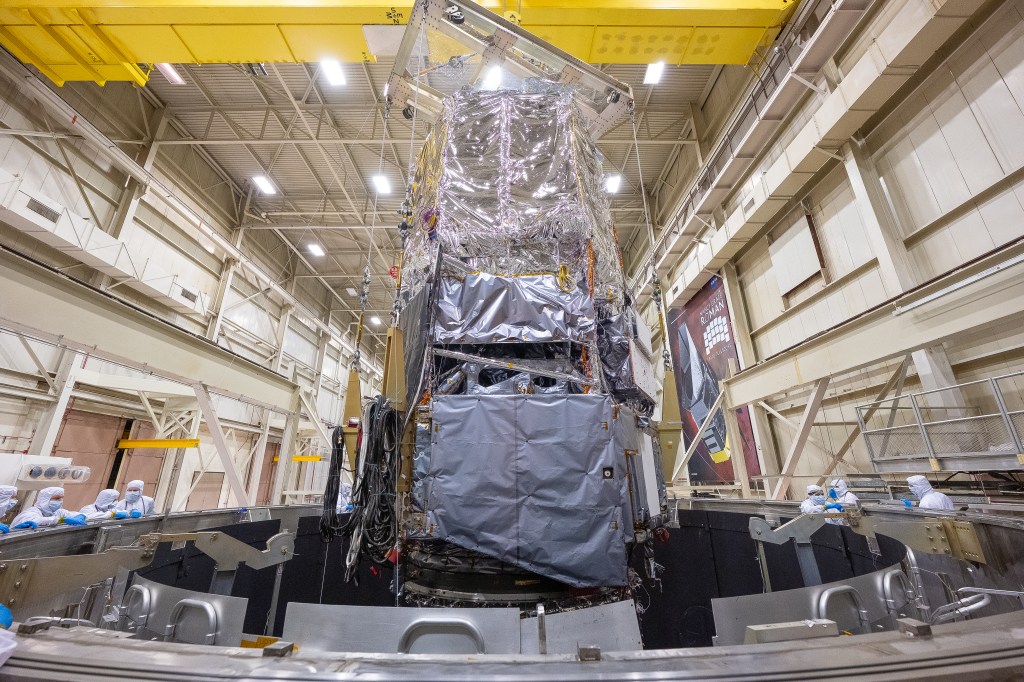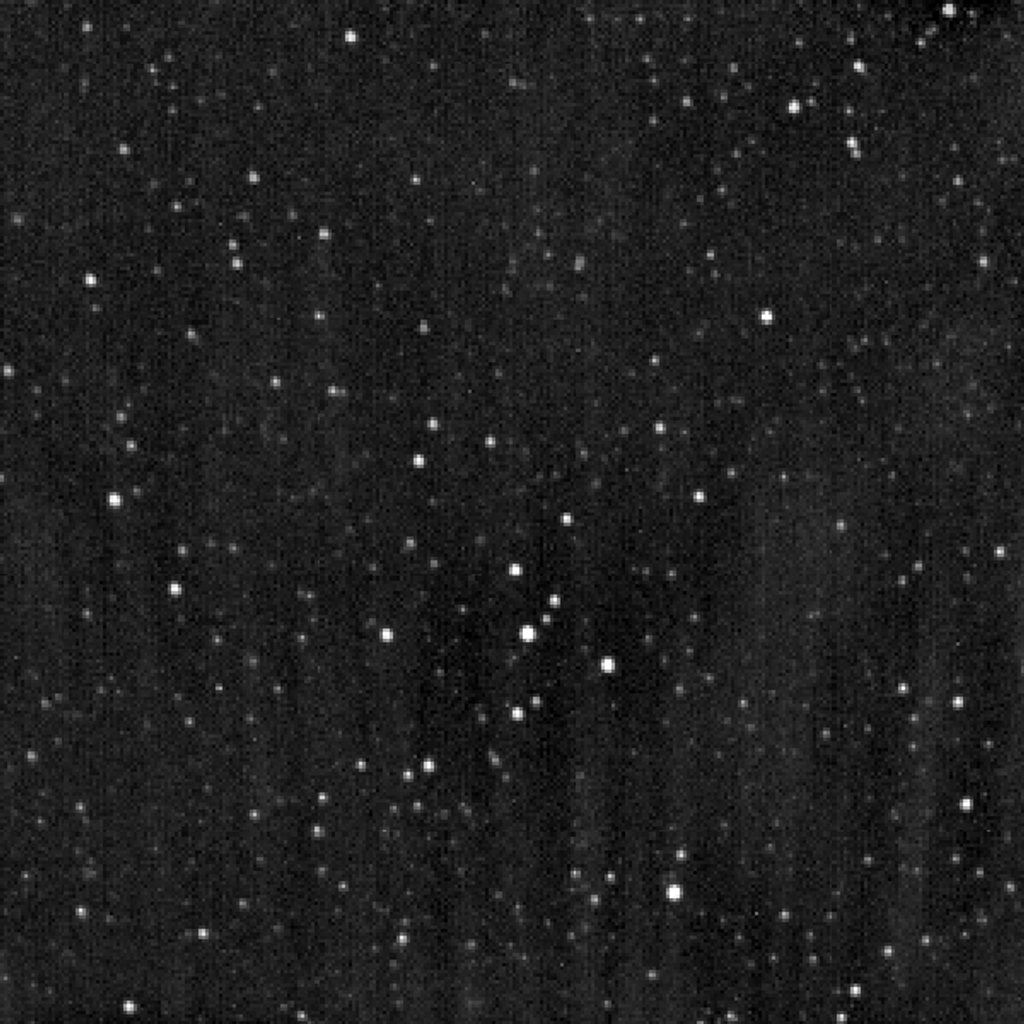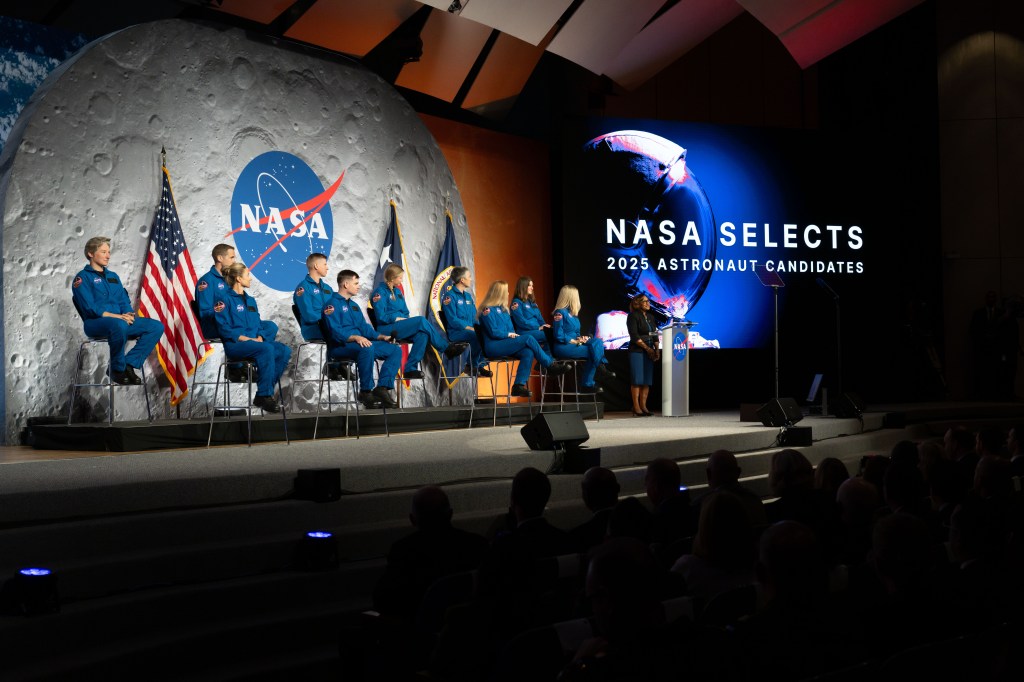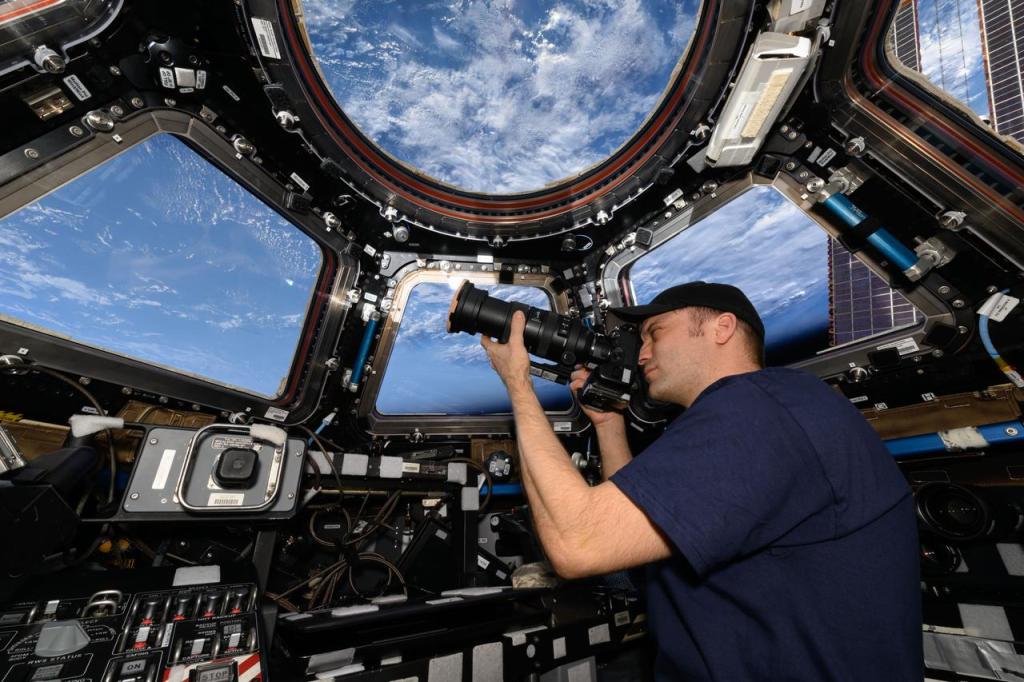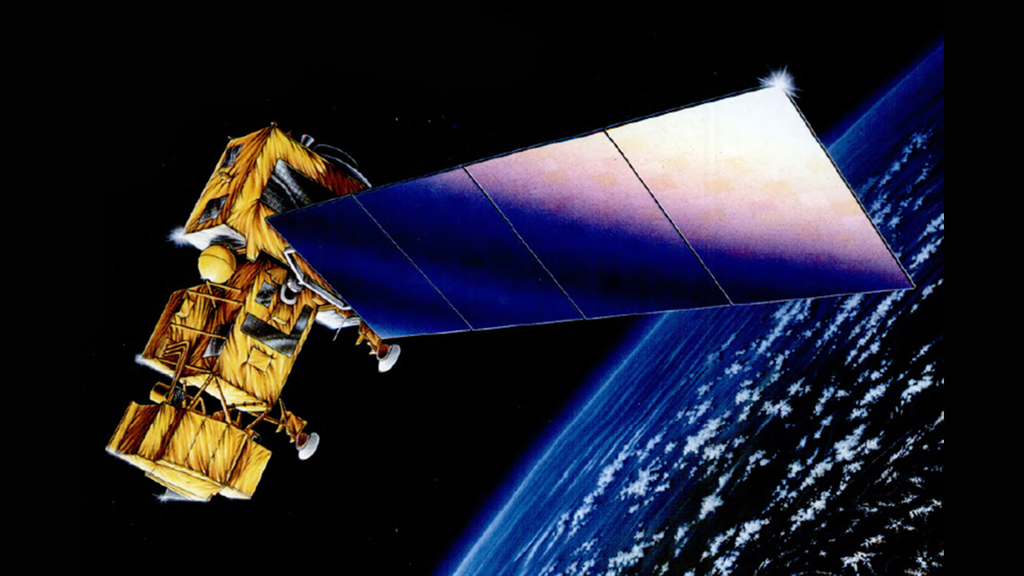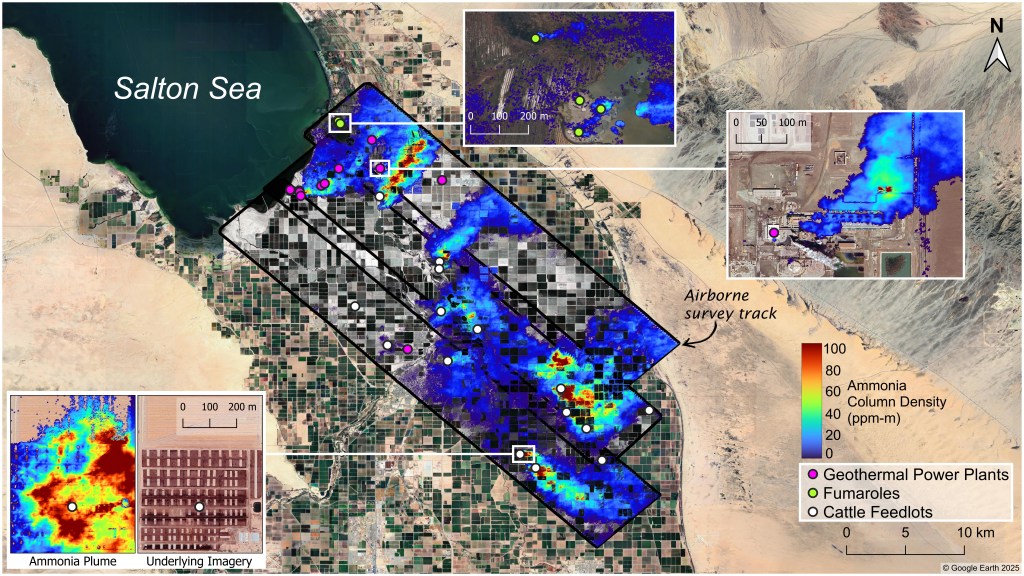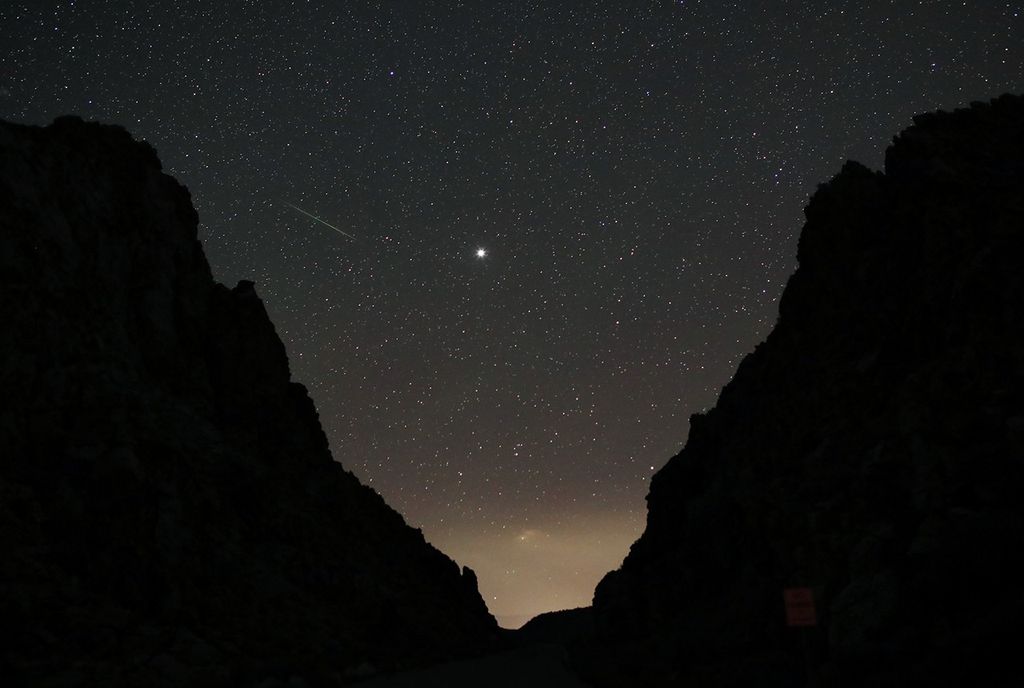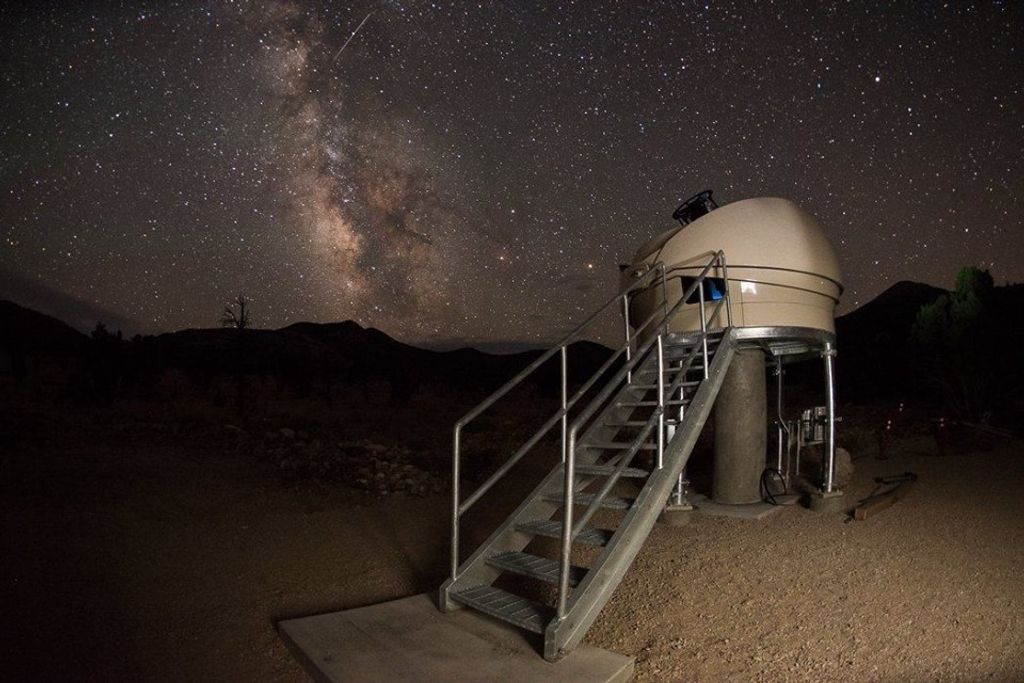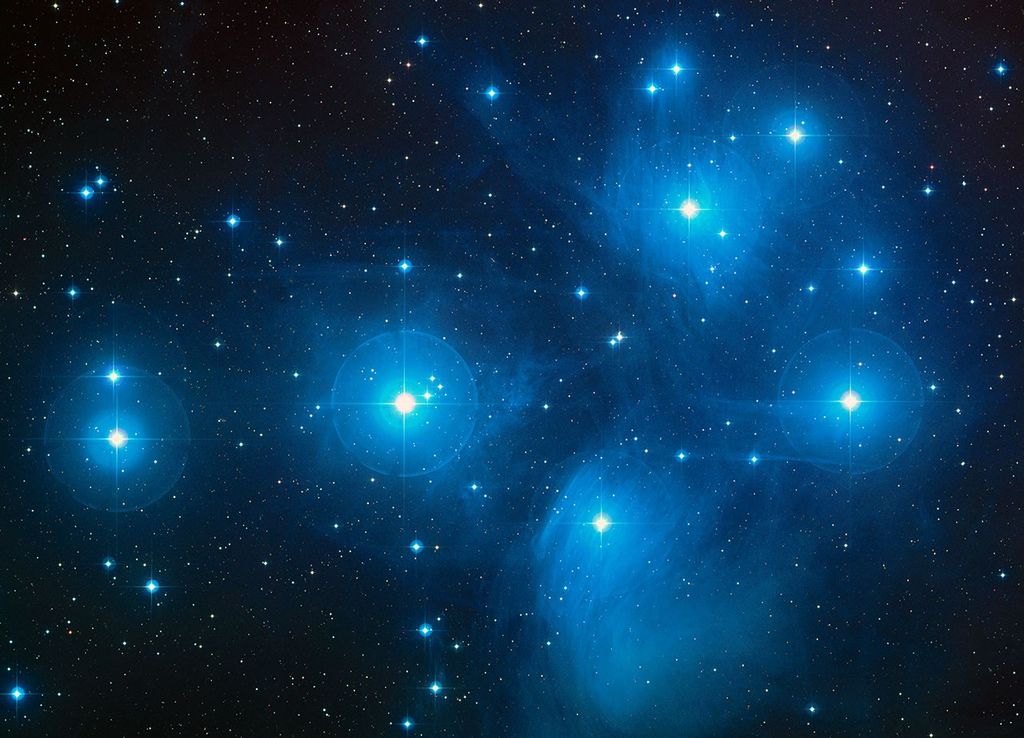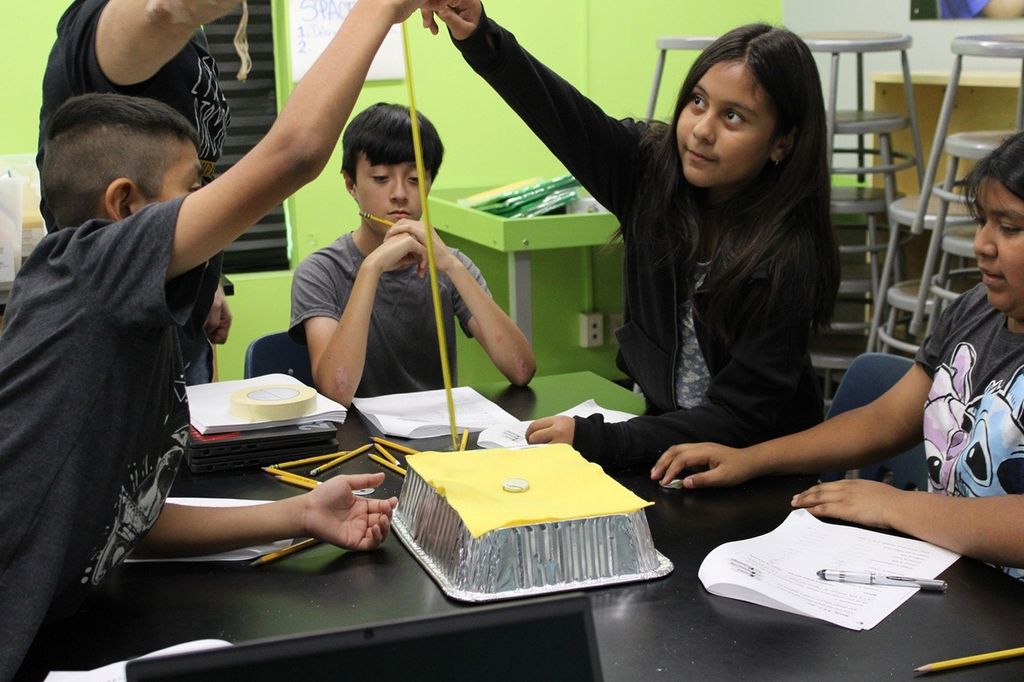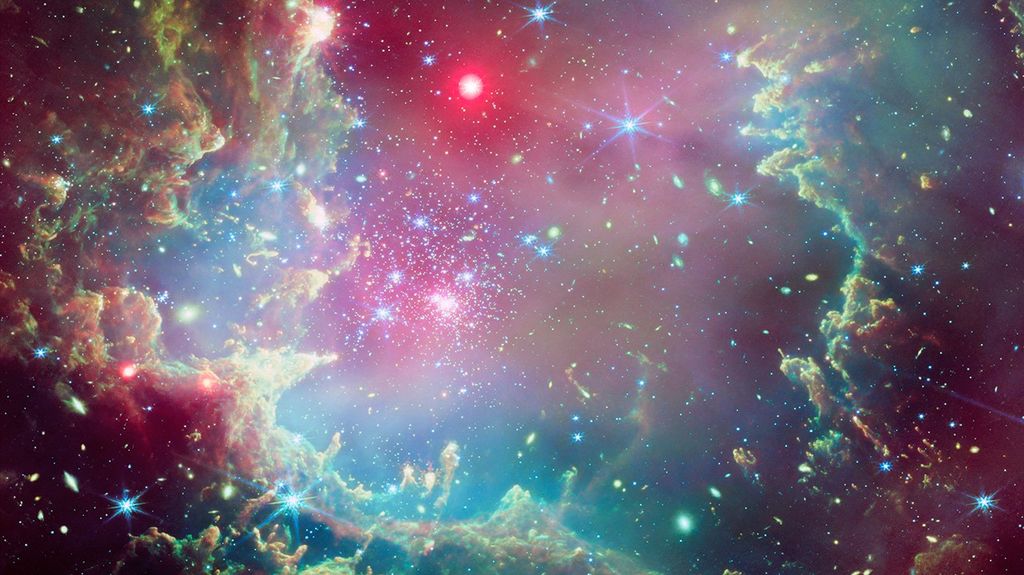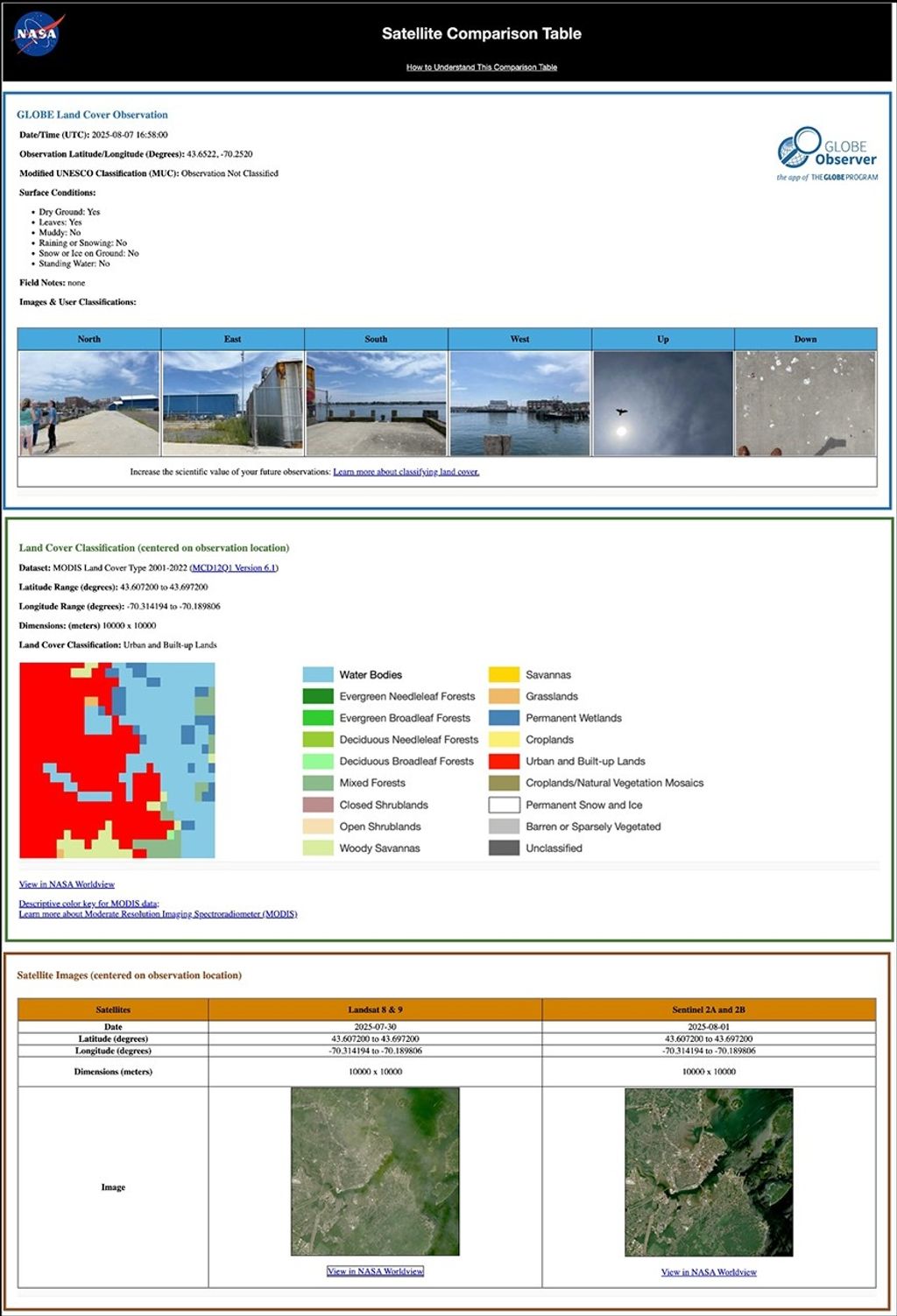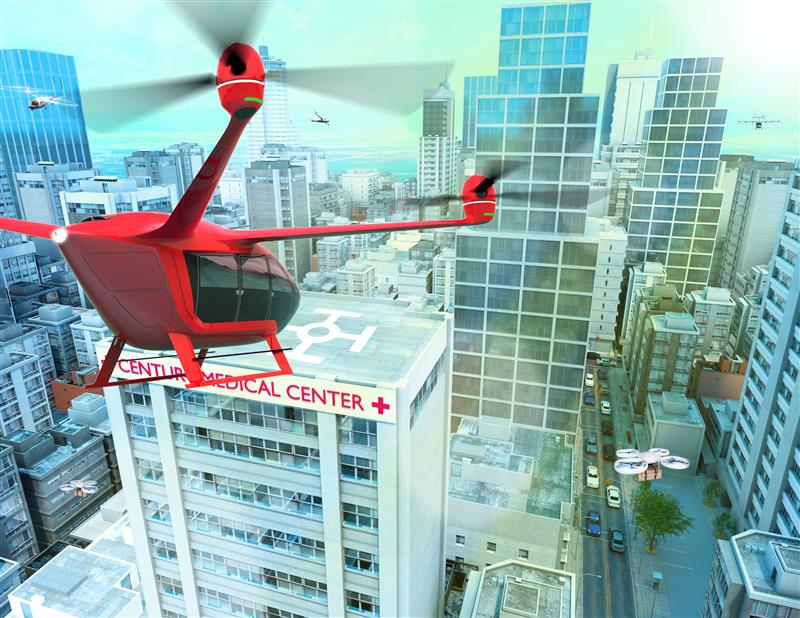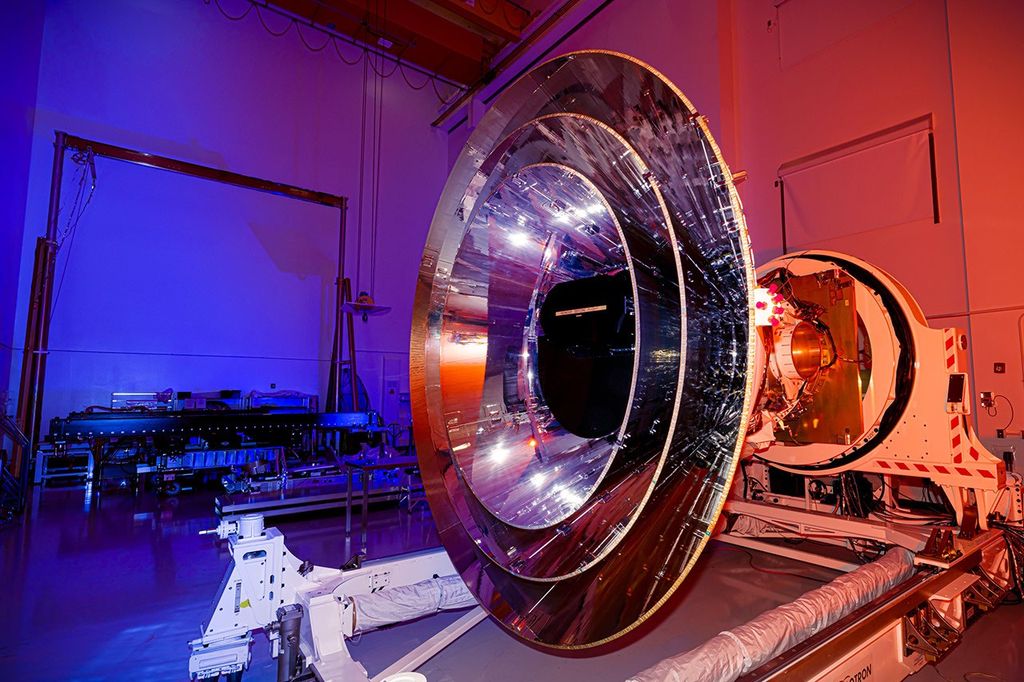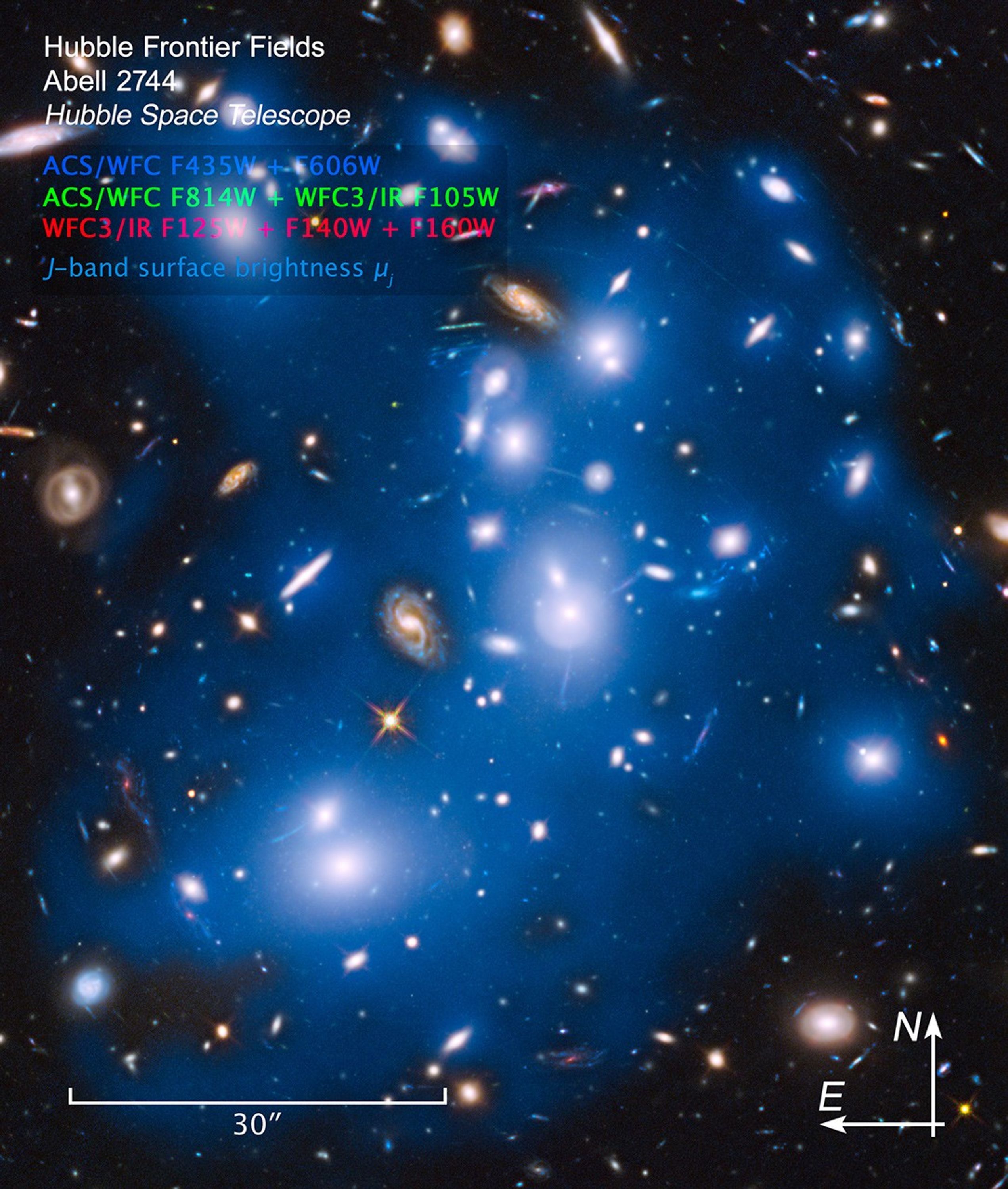1 min read
Hubble Sees ‘Ghost Light’ from Dead Galaxies in Galaxy Cluster Abell 2744

The massive galaxy cluster Abell 2744, nicknamed Pandora's Cluster, takes on a ghostly look in this Hubble Space Telescope view where the total starlight from the cluster has been artificially colored blue. This plot reveals that not all the starlight is contained within the cities of stars – the galaxies – which appear as bright blue-white blobs. A fraction of the starlight is dispersed throughout the cluster, as seen in the darker blue regions. This light comes from "dead" galaxies. The galaxies were torn apart long ago by the cluster's gravitational forces, and their stars were scattered into "intracluster" space – the space between the galaxies. These orphaned stars roam the cluster, without being gravitationally tethered to any single galaxy. Because these extremely faint stars are brightest at near-infrared wavelengths of light, this type of observation could only be accomplished with Hubble's infrared sensitivity to extraordinarily dim light.
The galaxies that are not colored blue lay either in the foreground or background and are not part of the cluster.
The intracluster light was detected as part of the Frontier Fields program, an ambitious three-year effort, begun in 2013, that teams Hubble with NASA's other Great Observatories – the Spitzer Space Telescope and the Chandra X-ray Observatory – to probe the early universe by studying large galaxy clusters. Abell 2744 resides about 3.5 billion light-years away.
About the Object
- R.A. PositionR.A. PositionRight ascension – analogous to longitude – is one component of an object's position.00h 14m 21s.2
- Dec. PositionDec. PositionDeclination – analogous to latitude – is one component of an object's position.-30° 23' 50".1
- ConstellationConstellationOne of 88 recognized regions of the celestial sphere in which the object appears.Sculptor
- DistanceDistanceThe physical distance from Earth to the astronomical object. Distances within our solar system are usually measured in Astronomical Units (AU). Distances between stars are usually measured in light-years. Interstellar distances can also be measured in parsecs.3.5 billion light-years
About the Data
- Data DescriptionData DescriptionProposal: A description of the observations, their scientific justification, and the links to the data available in the science archive.
Science Team: The astronomers who planned the observations and analyzed the data. "PI" refers to the Principal Investigator.Data of Abell 2744 were obtained as part of the HST proposals 11689: R. Dupke (Eureka Scientific, Inc.) et al., 13386: S. Rodney (JHU) et al., and 13495: J. Lotz (STScI) and the Frontier Fields Team. The science team includes: M. Montes and I. Trujillo (Instituto de Astrofísica de Canarias/Universidad de La Laguna, Tenerife, Spain). - InstrumentInstrumentThe science instrument used to produce the data.HST>ACS/WFC and HST>WFC3/IR
- Exposure DatesExposure DatesThe date(s) that the telescope made its observations and the total exposure time.October 2009; August 2013 - July 2014
- FiltersFiltersThe camera filters that were used in the science observations.ACS/WFC: F435W (B), F606W (V), F814W (I) WFC3/IR: F105W (Y), F125W (J), F140W (JH), F160W (H)
- Object NameObject NameA name or catalog number that astronomers use to identify an astronomical object.Abell 2744, Pandora's Cluster
- Object DescriptionObject DescriptionThe type of astronomical object.Galaxy Cluster and Gravitational Lens
- Release DateOctober 30, 2014
- Science ReleaseHubble Sees ‘Ghost Light’ From Dead Galaxies
- Credit

This image is a composite of separate exposures acquired by the ACS and WFC3 instruments on the Hubble Space Telescope. Several filters were used to sample broad wavelength ranges. The color results from assigning different hues (colors) to each monochromatic (grayscale) image associated with an individual filter. In this case, the assigned colors are: Blue: F435W (B) + F606W (V) Green: F814W (I) + WFC3/IR F105W (Y) Red: WFC3/IR F125W (J) + F140W (JH) + F160W (H) Blue: J-band Surface Brightness
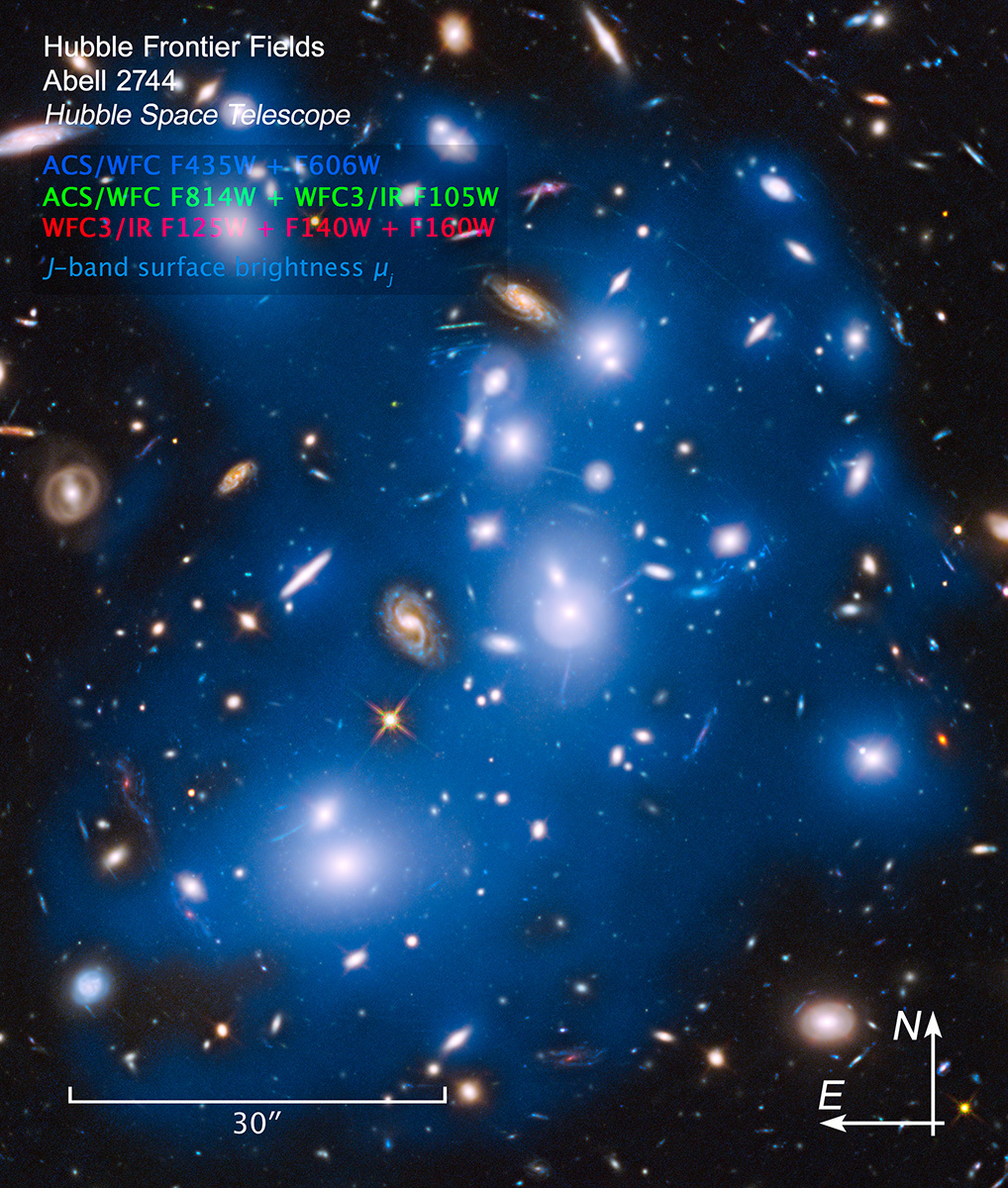
Share
Details
Claire Andreoli
NASA’s Goddard Space Flight Center
Greenbelt, Maryland
claire.andreoli@nasa.gov




